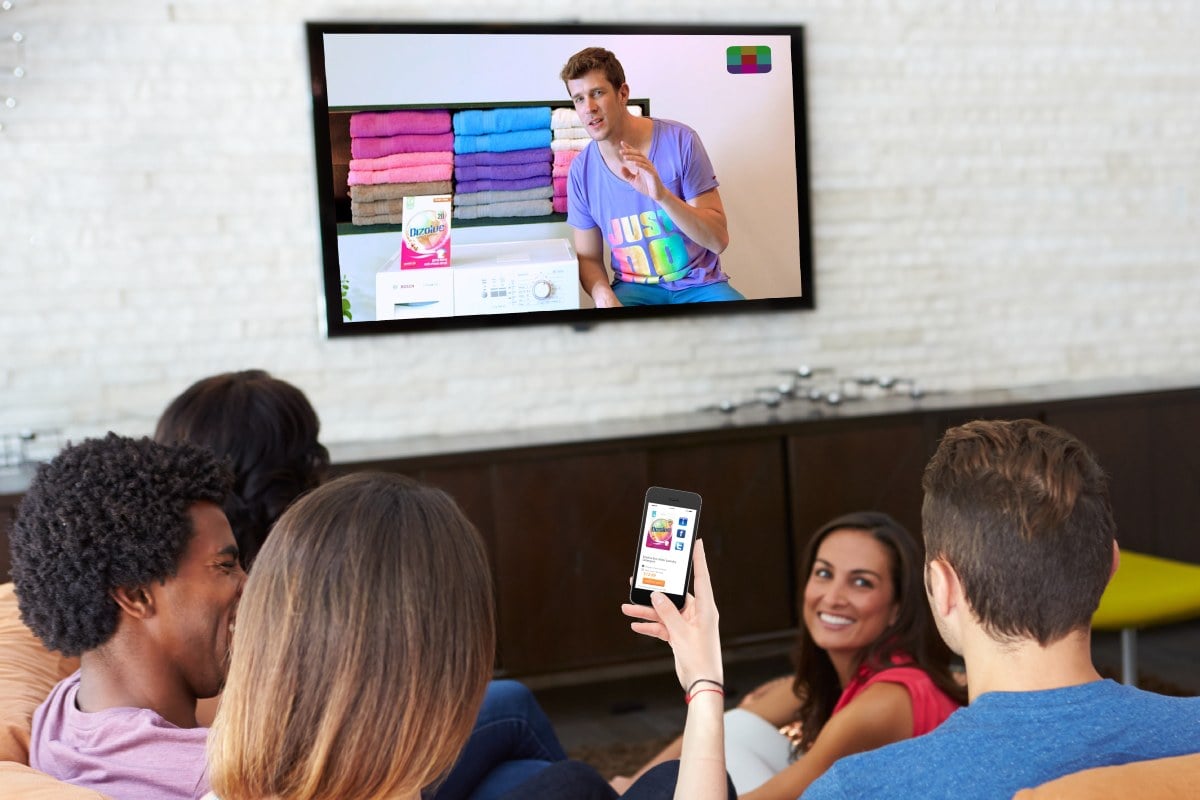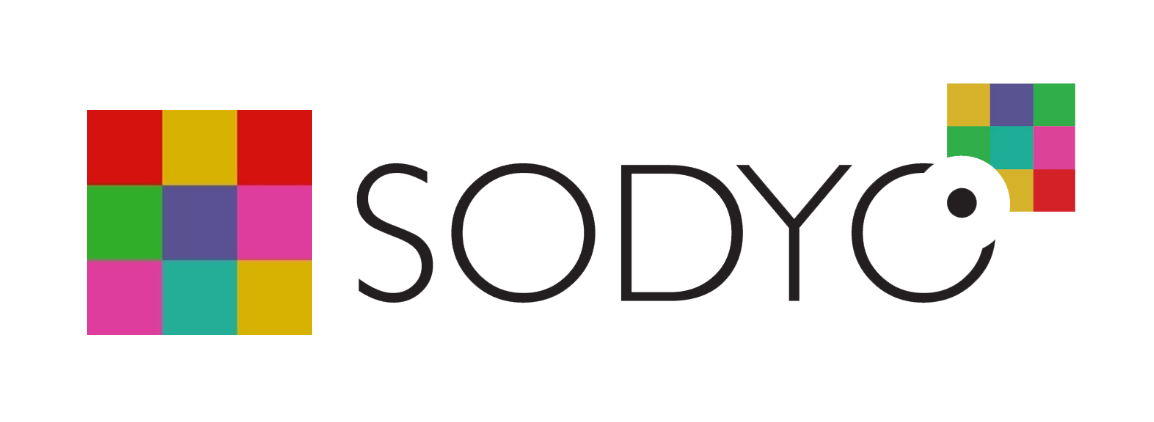Why We Invested in Sodyo
At Atooro, we have a laser focus on the deep tech sector, and we’re especially drawn to innovative projects concerning Natural Language Processing (NLP), Cybersecurity, and technologies that improve human-computer interaction via microphone, camera, or other devices.
At the moment, businesses in almost every industry are searching frantically for effective offline to online (O2O) solutions.
Retailers are eager to close the gap between their consumers’ digital and real-world experiences. In an ideal O2O world, consumers would first connect with a brand offline (i.e. billboards, broadcast media, etc.), scan a code to access related content or products, make a purchase and more — but this isn’t happening yet.
With the continued growth of retail e-commerce (worldwide sales could reach almost $3 billion this year), many companies are looking for logistics solutions that help them streamline operations, reduce costs and ship orders faster without sacrificing quality and with the upsurge of mobile payment solutions in China and its expansion to the western world, providers need an omnichannel solution that does not impose limitations on users and is not limited in the media that it supports.
Also, autonomous car developers are working overtime to develop reliable cameras, sensors, and related technology that can recognize code and objects at long distances. These technological advances are critical for autonomous cars to pass legal regulations, prevent accidents, and gain the public trust.
Augmented Reality is quickly maturing and gaining traction. Still, there is a need to remove barriers in enabling AR — especially from afar.
The needs are vast; however, several technological obstacles have made O2O worlds unreliable and frustrating for both businesses and end users.
The existing scanning code technologies fall flat as they do not support digital environments, only work from very short distances, and only allow the user to scan a single code at a time. There have recently been advances in other types of O2O technologies such as sound and image recognition, which were initially promising, but the results have proven less than stellar because, in reality, the solutions are not robust enough to provide the experience that advertisers, businesses and users expect.
In today’s world, advertisers do not want to give up significant ad space, users are constantly on the move and also want to interact with comfort from afar, and in the case of logistics, both scanning distance and the limitation of a single code being scanned at a time are critical. Bottom line, there’s no way for people to interact from long distances, in a way that is compatible with both print and digital and that easily bring customers online.
Despite the complications, the existing O2O technologies such as scan codes are still an important tool for modern businesses and show growth opportunity around the globe. In 2017, the United States, UK, China, Australia, and Canada all boasted impressive scan volume results, but the most notable growth has taken place in China. There, QR codes have become a preferred payment method at retailers and street vendors, with 2016 QR code transactions totaling more than $5 trillion — a third of all payments in the nation. That growth is only expected to continue, and financial analysts predict that 70% of Chinese transactions will use QR codes.
The existing codes could become an even more powerful tool worldwide if their limitations were addressed and corrected. Sodyo accepted the challenge, creating an O2O solution that’s universal and easily accessible for businesses in various verticals and consumers alike.
Sodyo: A Closer Look
Sodyo’s mission is to create highly functional O2O environments. Through Sodyo, people and businesses can interact and move seamlessly between their physical and digital worlds. This is accomplished through the use of a new state of the art scanning technology. Essentially, consumers can scan a code and get instant access to content, regardless of where they are or what device they’re using.
How It Works
Sodyo’s product is the only viable technology on the market that transforms all indoor and outdoor media platforms into smartphone-interactive media. The company accomplishes this through a few key features:
· Sodyo’s patented markers can be used anywhere: on billboards, TV broadcasts, packaging or magazine badges, at the point of sale, as AR enablers, logistics coding and much more.
· Sodyo codes can be scanned from afar allowing them to be placed on TV with users interacting from the comfort of their couch, on any out of home platform allowing users to interact while going about their day and placed on packages in a warehouse with a stationary camera or drone camera scanning many codes simultaneously to map the entire inventory or to locate something specific. These are just some examples of the power of Sodyo.
· The codes are colorful, can be branded, and are designed to take up minimal space in ads or on products.
· Scanning Sodyo’s Markers uses significantly less computational power on smartphones than the existing scanning code technology. Because less power is used, smartphones exhibit greater capturing speeds, and the Markers deliver faster response times and faster feedback. Also, the color-based technology is not sensitive to environmental changes making it robust and effective. All these and more provide a user experience that is fun and users love.
The Sodyo Marker utilizes color-based tagging technology that combines image recognition and advanced algorithms. Think of them as QR codes 2.0. Sodyo Markers use CVP (Color Vertex Points), a color matrix code that serves as a more effective alternative to the standard monochrome tiles used in most codes. The multiple colors are programmed with a mathematical ratio that is kept invariant under various conditions, as different lighting conditions and media types can affect color. This makes each Marker adaptive to unpredictable external conditions like lighting changes.

The system uses an algorithm based on CVP detection instead of relying on specific color patches. As a result, the marker is used only for reference with the content being cloud based, making it flexible to change in real time anywhere in the world. Additionally, CVP tags can be tailored to custom sizes and shapes since they’re constructed with color combinations that aren’t naturally occurring in the real world.
Sodyo’s Markers can be scanned at a distance of at least 100 times the size of the tag. This is a massive improvement over the typical QR code, which only has a scanning distance of 10 times the size of the tag. Sodyo Markers are also compatible with all forms of media since they can accommodate varying conditions.
In addition to Sodyo Markers’ CVP tech, the Sodyo solution comes fully supported with a host of features:
· Software development kit — enables scanning of Sodyo CVP based codes from any application on iOS and Android systems
· SaaS platform — with content authoring & management, campaign management, reporting, analytics, and administration tools
· Application Programming Interfaces — allows easily connecting the Sodyo solution to the customer’s backend system to provide an end to end solution
· Sodyo server — supported by Amazon Web Services; monitored, secured, and high availability
· Sodyo CDN — Amazon CloudFront-based content delivery network with Sodyo specific architecture, which enables high performance and fast response by bringing the content close to users anywhere in the world.
Sodyo’s scanning tech is backed by a strong patent portfolio and easily enforceable claims. Two of its three patent applications are currently in the national phase with six patents already allowed in 4 countries including the United States, China, Mexico and Russia. This is innovation backed by research and real, measurable results.
Verticals
Sodyo’s O2O solution is especially powerful because it suits every business niche and its evolving needs.
Broadcast Media
85% of smartphone owners use their devices while watching TV. Sodyo helps bridge the gap between these mediums by taking the TV viewing experience online. With Sodyo Markers, broadcasters and advertisers can enrich their content, increase overall engagement, onboard users, and monetize the consumers who engage.
Out of Home
Digital out of home (DOOH) advertising is a rapidly growing market, with total revenue expected to top $26 billion by 2023. Sodyo helps bring mobile and DOOH together by simplifying the interaction between consumers and advertising. This increases monetization opportunities and boosts brand recognition.
Additionally, the Sodyo markers can be used in ways beyond the advertising space. For example, municipalities and tourism entities can easily employ the Sodyo markers around a city to allow residents and tourists to find out more about historical sites and landmarks, get more information while touring a museum, and navigate around the city. They are easily used in transportation to find out public transportation schedules, buy tickets, and more.
Logistics
Moving beyond revenue generation, Sodyo can also aid in streamlining work processes and reducing labor expenditures. Due to e-commerce’s unprecedented growth, online retailers are tasked with getting orders shipped as quickly as possible. Scanning technology is already widely used, but imposes several limitations on speed and accuracy due to the limited scanning range of existing codes. With Sodyo’s Markers, businesses can locate assets quickly and efficiently with less labor and workload. This ensures they protect the quality of their orders while increasing the delivery speed, and it gives them the chance to repurpose time and funds to other operational tasks.
Payment / Fintech
Mobile payment as a way of life is becoming the norm in China and other eastern countries and it’s only a matter of time that code scanning will become a major enabler of payment in the western world as well. The need is here and only Sodyo provides a solution that supports the omnichannel experience that users are driving without any limitation of media and user behavior.
Autonomous cars
Autonomous car developers rely on object recognition as a valuable safety tool, combining it with scanning code technology to detect road obstructions, read and interpret traffic signs and signals, and provide accurate, real-time navigation. However, these developers have faced prohibitive regulatory hurdles because of dangerous, and sometimes deadly, accidents. One of the primary factors in these accidents is the limited capability of the existing computing power capabilities. The autonomous vehicles’ cameras and sensors are unable to read existing codes from long distances, leaving little time to process and respond to dangerous situations. With Sodyo’s Markers, codes could be scanned from long distances, improving the vehicles’ general safety and overall performance.
Augmented Reality
Markers are already being used today in the Augmented Reality world as anchors for enabling the AR interaction. With Sodyo’s increased scanning distance and omnichannel support, the Sodyo technology can improve upon the current capabilities of today’s AR solutions making them truly compatible with any object at any distance and on any media.
Sodyo’s code scanning tech can also be used for social / mobile applications helping businesses connect with their customers by using personalized codes that enable quick interactions, parking garage solutions, gaming and self-service activities like printing and more.
In conclusion, we invested in Sodyo because we immediately recognized this company’s potential to not only improve offline to online interaction but also change the way global businesses attract and interact with their customers, streamline their processes, and ensure the safety of their products. To learn more about Sodyo, visit sodyo.com.
Share this
You May Also Like
These Related Stories

Fighting the Drift – How to Convert a Smartphone User to an Active TV Consumer

How Broadcasters Can Command Viewer Attention Despite Smartphones



No Comments Yet
Let us know what you think